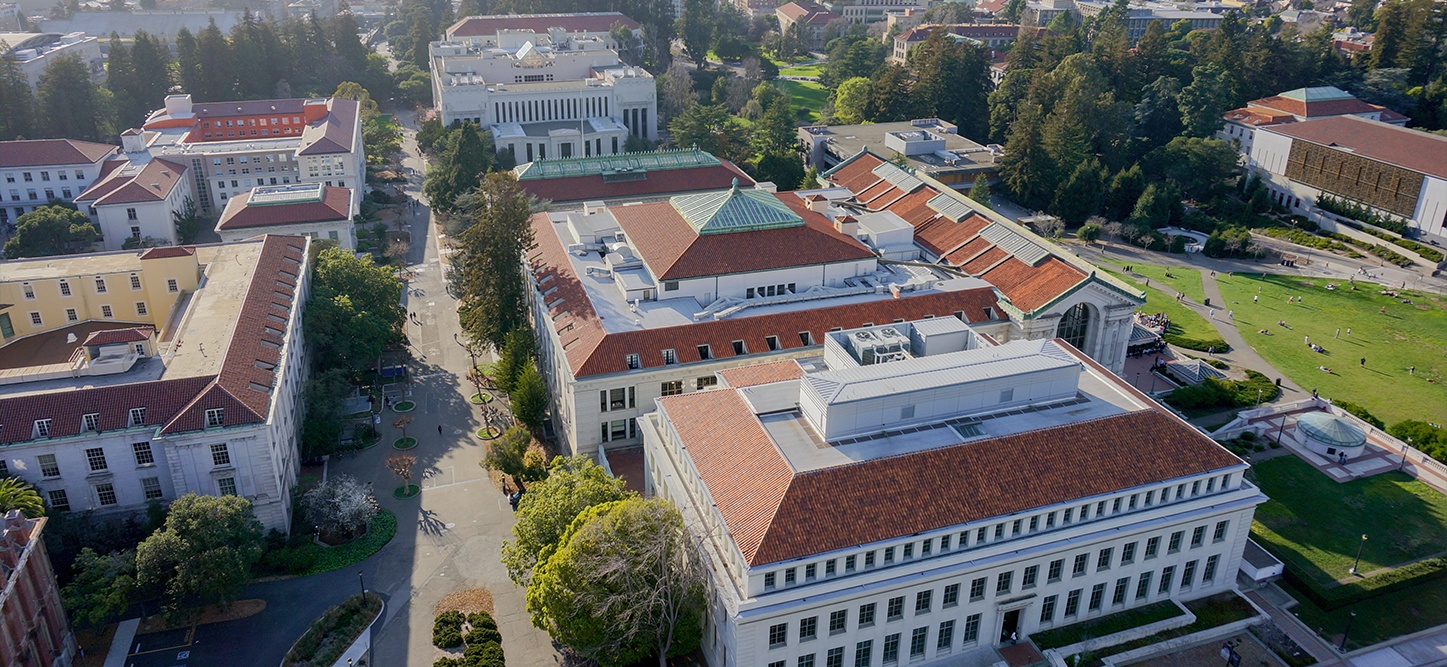Triumvirate Environmental worked in conjunction with the external consultant to find the potential source of elevated PCB-levels in air.
Triumvirate’s field service team removed approximately 120 leaking light ballasts before retesting the air.
When the retest revealed that PCB levels were still high, it became apparent that PCBs were likely present in building materials. Further testing demonstrated that PCBs were present in the caulking around windows and construction joints, both outside and inside the building.
Impacted classrooms, the cafeteria, and the kitchen in this wing of the school were isolated, pending remediation of the hazardous materials.
Triumvirate conducted a pilot test in two of the twelve rooms, removing and disposing of 14 windows, as well as encapsulating the remaining substrate, door frame caulking, and construction joints with an epoxy-based paint as an additional precautionary measure.
Triumvirate decontaminated all surfaces of the room and Univents within. Following surface cleaning, retesting of the pilot rooms revealed PCB concentrations in the air that were within the public health levels outlined by the EPA. This successful remediation procedure was then applied to the remaining rooms of the school.






